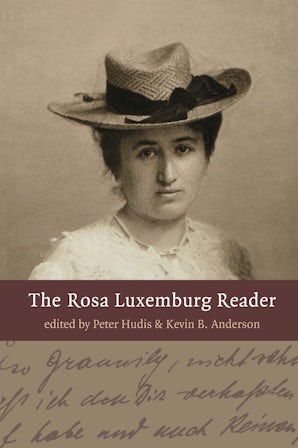Also in this issue
Books by Kevin B. Anderson
The Rosa Luxemburg Reader
Edited by Peter Hudis and Kevin B. Anderson


